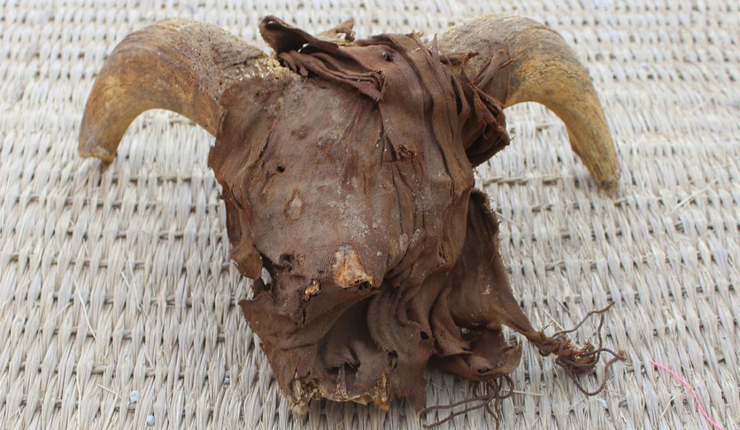Almost 2,000 mummified ram heads dating back to the Ptolemaic period and a luxurious Old Kingdom structure have been discovered at the temple of Ramses II in the ancient city of Abydos in Southern Egypt, antiquities officials announced on Saturday.
The excavation also uncovered mummified ewes, dogs, wild goats, cows, gazelles and mongooses in the temple. The ram heads, which are believed to be votive offerings show continuous reverence for Ramses II at the site, 1,000 years after his death, said the tourism and antiquities ministry in a statement.
“The discoveries would expand knowledge of the site over a period of more than a millennia up to the Ptolemaic period, which spanned over three centuries until the Roman conquest in 30 B.C,” the ministry added.
The discoveries also include a large luxurious structure with walls about five meters thick dating back to the Old Kingdom’s sixth dynasty, as well as statuses, papyri, ancient tree remains, leather garments and shoes.
The excavation was done by a mission from New York University’s Institute for the Study of the Ancient World.
“The structure could help reestablish the sense of the ancient landscape of Abydos before the construction of the Ramses II temple,” said the head of the mission, Sameh Iskander.
Abydos is located in Sohag, and is one of Egypt’s major but least visited archaeological sites, it was a necropolis for early ancient Egyptian royalty and a pilgrimage center for the worship of the god Osiris.
